What is the Swedish Keyboard Layout?
The Swedish keyboard layout is designed specifically for inputting Swedish. It differs from US or UK QWERTY layout in key arrangement and character markings.
Key Features of Swedish Keyboard Layout
1. Three extra letters unique to Swedish
Swedish has three unique vowels: "Å", "Ä" and "Ö", which have special positions on the Swedish keyboard.
"Å" is located to the right of the P key, and "Ö" and "Ä" are to the right of the L key. This layout facilitates the input of these frequently used letters and is in line with Swedish spelling habits.

2. Placement of the punctuation keys
The period and colon keys are located on the same key, and the comma and semicolon keys are located on the same key.
Some common punctuation marks in Swedish, such as the double dot ellipsis "..", have dedicated keys on the keyboard or can be quickly entered using specific key combinations.
The location of some common symbols, such as @, ", and /, differs from that of US keyboards. For example, the @ symbol is usually accessed using AltGr + 2 instead of Shift + 2.
3. Support for other Nordic languages
Since Norwegian and Finnish share many of the same letters, the Swedish layout is often used across the region, especially in multilingual contexts.
Benefits of Swedish Keyboard Layout
1. Efficient input of Swedish-specific characters
The Swedish keyboard provides independent keys for the Swedish-specific vowels Å, Ä, Ö , allowing users to enter these characters directly through the main keypad without relying on complex key combinations or switching input methods.
For example, on a Swedish keyboard, you only need to press the corresponding key to enter Å, while on a US keyboard, you need to use Shift+Alt or other key combinations to achieve this.
2. Convenient symbol access
On the Swedish keyboard layout, you can easily type the commonly used symbols like € (Euro) and §, and various accented letters can be typed using AltGr combinations.
3. Efficient multilingual typing
Swedish keyboard layout can support Norwegian, Finnish, and sometimes Danish characters, making it a versatile choice for users in Scandinavia or those dealing with multiple Nordic languages.
Key Differences from US QWERTY

1. ISO Layout VS ANSI Layout
Firstly, we have to know that the Swedish keyboard layout follows the ISO layout, and the US QWERTY layout follows the ANSI layout.
That means that there is an L-shaped Enter key (instead of a horizontal one), a shorter left Shift key, and an extra key between the left Shift and Z.
| Element | US ANSI Layout | Swedish ISO Layout |
| Enter Key | Horizontal rectangle | L-shaped (taller) |
| Left Shift | Full-length | Shorter, to fit extra key |
| Extra Key | None | Present (between Shift and Z) |
| Backslash () | Often above Enter | Repositioned or on AltGr layer |
2. Extra Letters: Å, Ä, Ö
These three characters are part of the Swedish alphabet and do not exist on the US keyboard.
| Letter | Swedish Key Position | US Equivalent Position |
| Å | Right of P | Usually [ or { |
| Ä | Right of L | Usually ; or : |
| Ö | Right of Ä (or beside L) | Usually ' or " |
These are standalone letters, not accented characters, and are used frequently in Swedish words.
3. Symbol Placement Differences
Many common symbols are moved or require different key combinations compared to the US layout.
| Symbol | US QWERTY | Swedish Layout | Explanation |
| @ | Shift + 2 | AltGr + 2 | Swapped with “ |
| " | Shift + ' | Shift + 2 | Shares key with @ |
| ' | ' (direct) | Shift + Ä or AltGr key | Location varies |
| / | / (direct) | Shift + 7 | Shift required in SE |
| ? | Shift + / | Shift + - | Position change |
| \ | Above Enter or near Shift | AltGr + < or AltGr + + | Moved to AltGr layer |
| Shift + \ | AltGr + < | ||
| € | Not directly available | AltGr + E | Easy access for Euro |
| § | Alt + 0167 (numeric code) | Dedicated key (often top-left) | Common in EU legal text |
AltGr (Right Alt) is used on Swedish keyboards to access many of these special symbols—essentially acting like a third shift layer.
4. Localization vs Universality
The Swedish keyboard is more suitable for Swedish localized typing needs. The American keyboard is an internationally used standard layout, suitable for multilingual input, but it requires additional input methods or key combinations to enter non-English characters.
Who Should Use the Swedish Keyboard Layout?
The Swedish keyboard is designed for easy input in Swedish and is more suitable for the following groups of people:
- Native Swedish Speakers: Essential for daily writing and communication.
- Residents in Sweden: Matches public computers and devices sold locally.
- Swedish Language Learners: Builds typing fluency and supports proper spelling.
- Multilingual Nordic Users: Convenient for users working in or across Sweden, Norway, Finland, or Denmark.
- Translators & Writers: Eases content creation in Swedish.
- Developers in Sweden: Matches local software environments and team setups.
- Keyboard Enthusiasts: Offers unique layout experience with expanded symbol access.
How to Change English Keyboard to Swedish?
Switching to the Swedish keyboard layout is easy and can be done in just a few steps on any modern operating system. Whether you’re using Windows, macOS, or Linux, here’s how to set it up:
For Windows 10/11
- Open Settings → Time & Language → Language
- Click “Add a language” and search for Swedish
- Select it and install the language pack (you can skip this if you only want the keyboard)
- Click on the language you added → Options
- Under Keyboards, click “Add a keyboard” → Choose Swedish
- You can now switch between keyboards using Windows + Spacebar
For macOS
- Open System Settings → Keyboard
- Click “Input Sources” → Then click “+”
- Select Swedish from the list and click Add
- Enable “Show Input menu in menu bar” for easy switching
- Use Control + Space to toggle between languages (or customize the shortcut)
For Linux (Ubuntu-based distros)
- Go to Settings → Region & Language
- Under Input Sources, click the “+” button
- Select Swedish (you might see options like “Swedish,” “Swedish (Mac),” or “Swedish (Sweden)”)
- Click Add, and use the top bar to switch layouts
- You can also install layout switchers like gnome-tweaks for more customization
Optional: Use an On-Screen Keyboard or Layout Preview
Most systems let you preview the layout, so you can see where Å, Ä, and Ö are placed.
You can also use on-screen keyboards for reference if you're still using a US physical keyboard.
Tip for Mechanical Keyboard Users
If you're using a programmable or hot-swappable keyboard:
You can remap key positions manually using software like QMK, Via, Karabiner-Elements (macOS), or PowerToys (Windows).
Or, install Swedish keycaps for a full native typing experience.
Final
The Swedish keyboard layout is an excellent choice for anyone who writes in Swedish or interacts with Nordic languages. It provides a seamless typing experience, better character access, and increased productivity across both everyday and professional use.




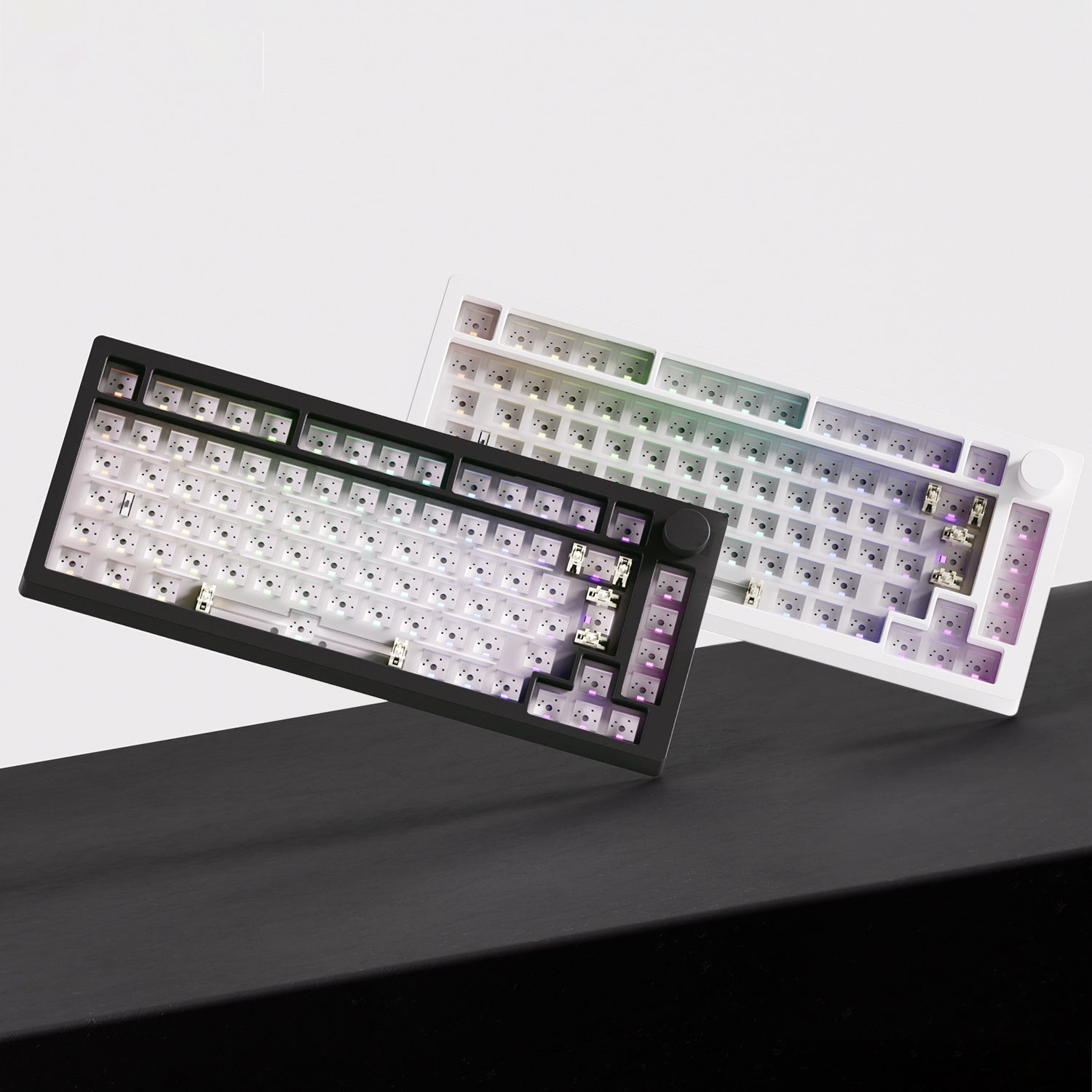



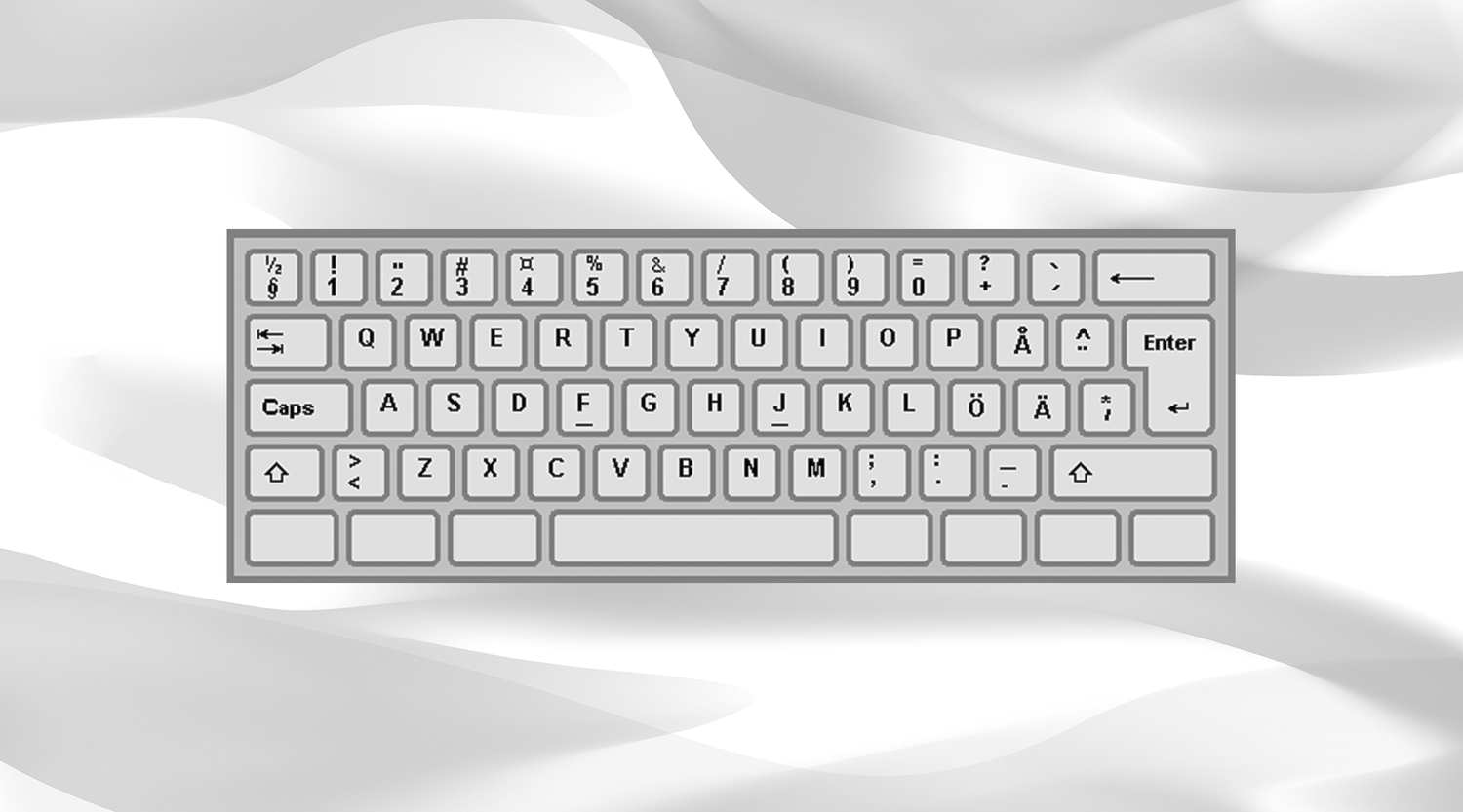
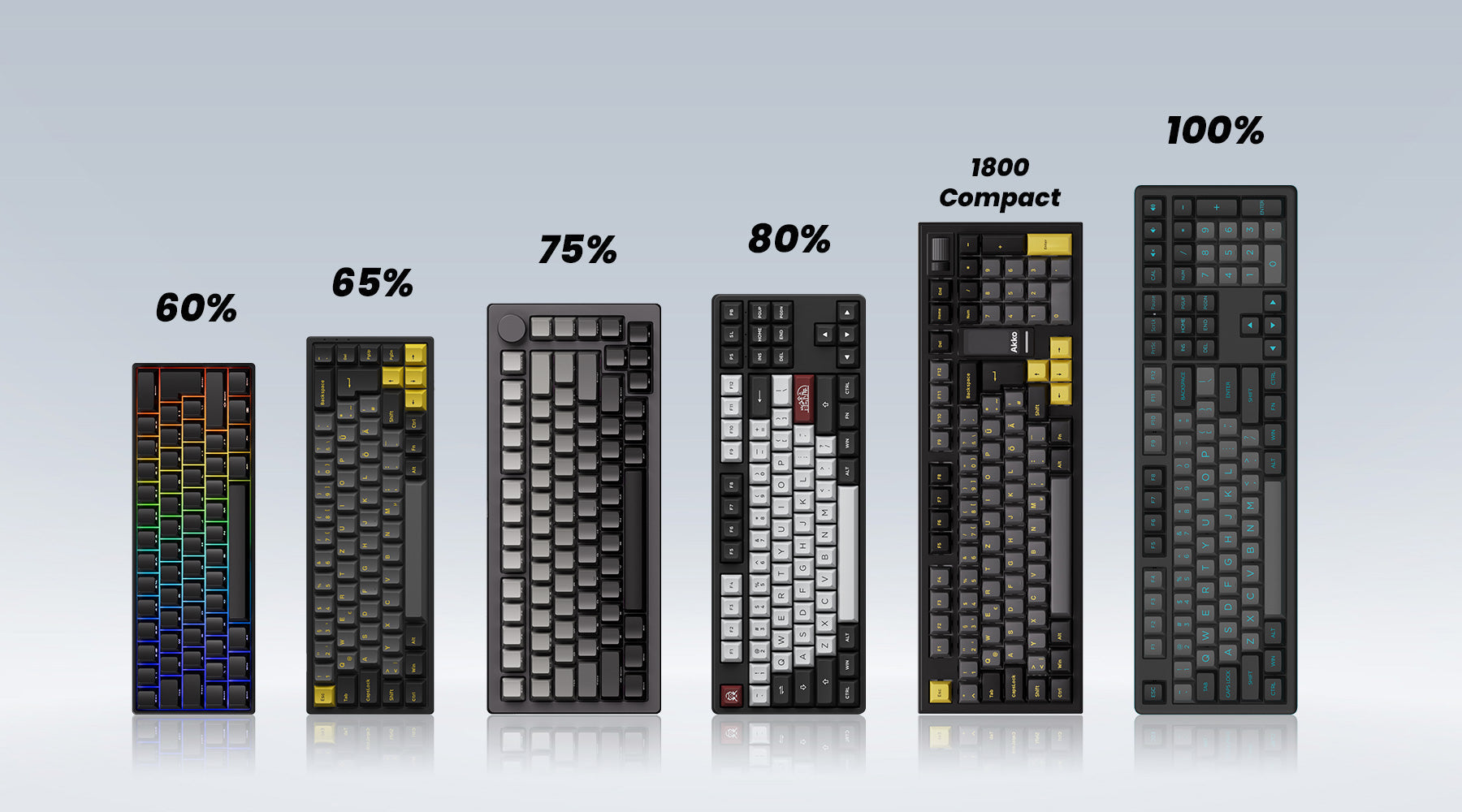


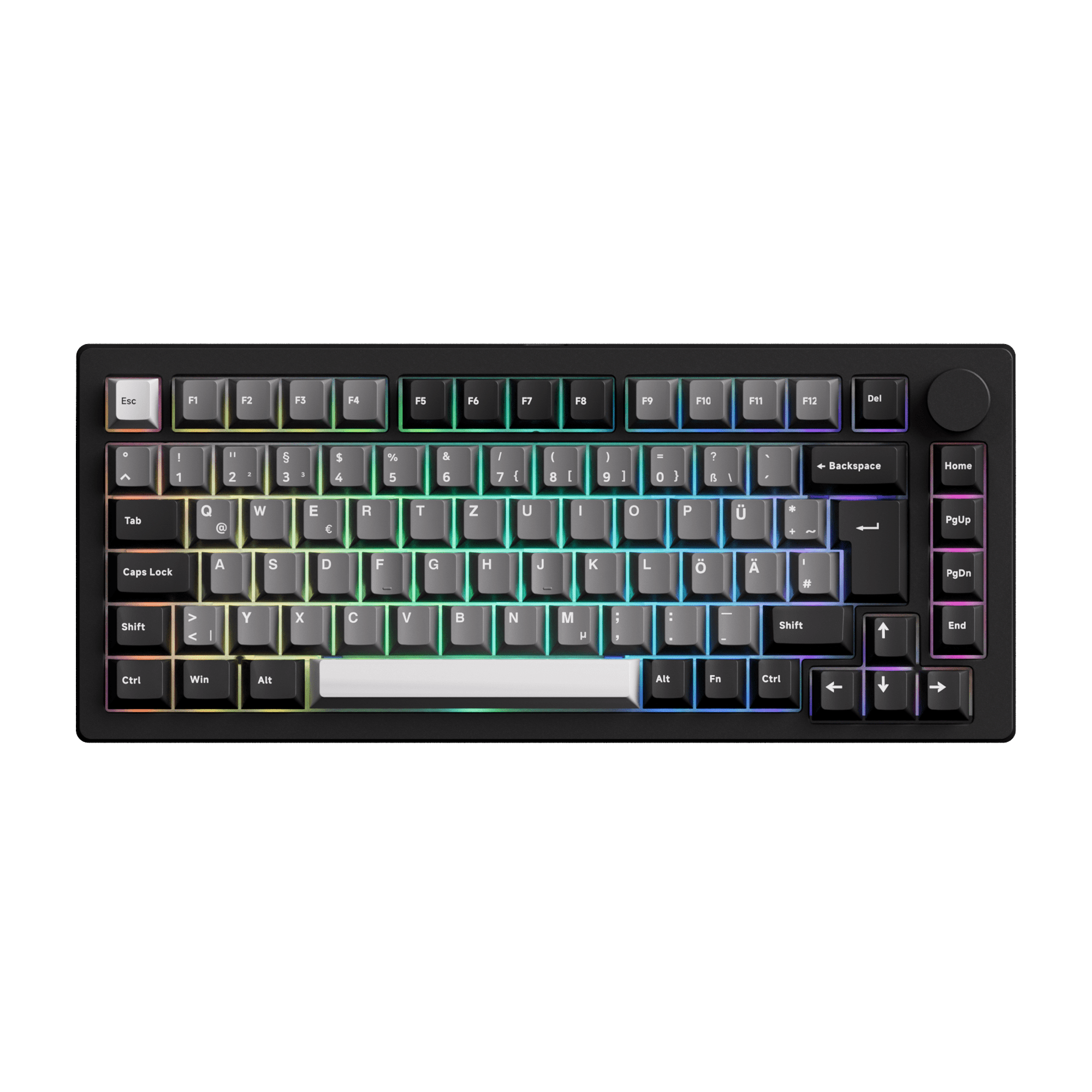
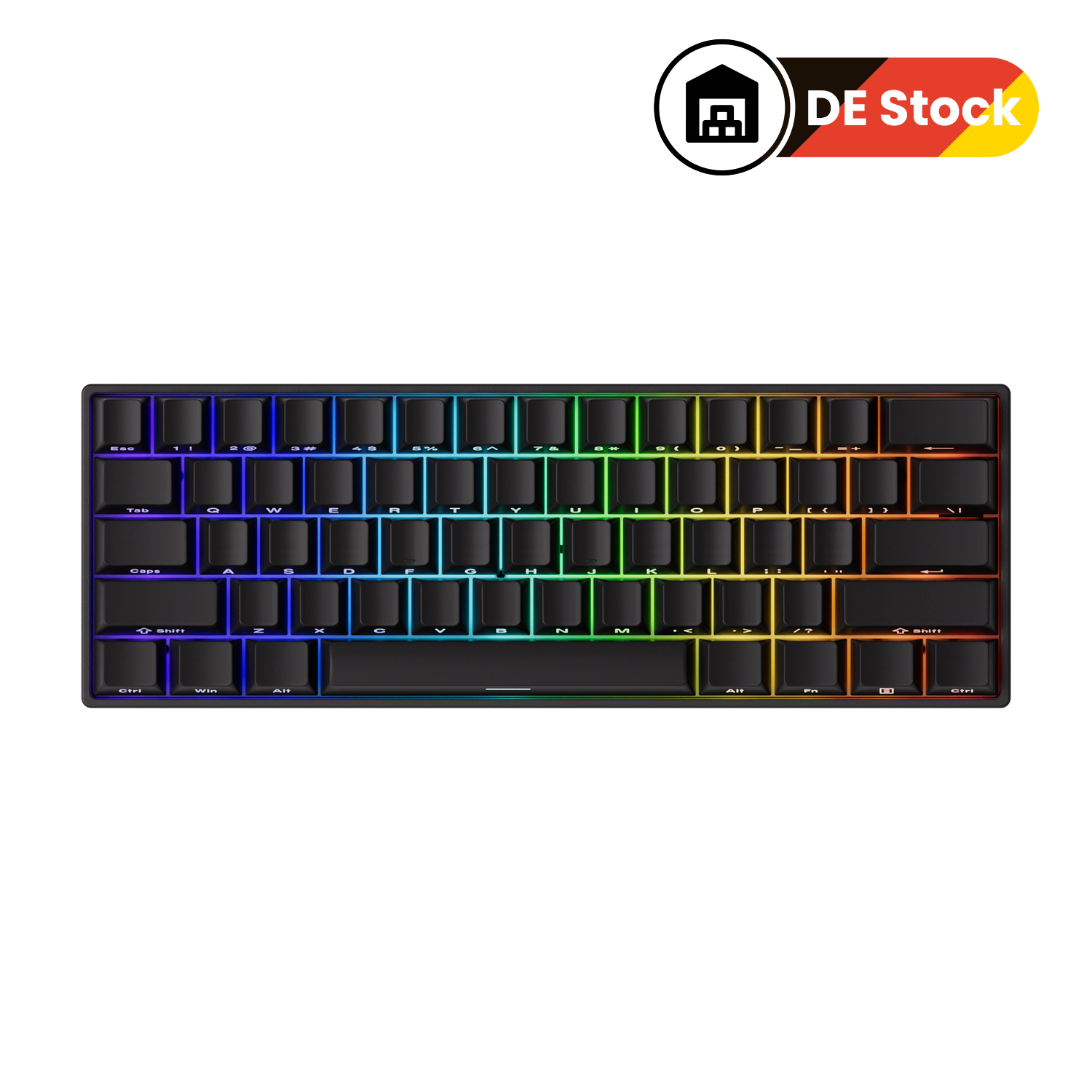
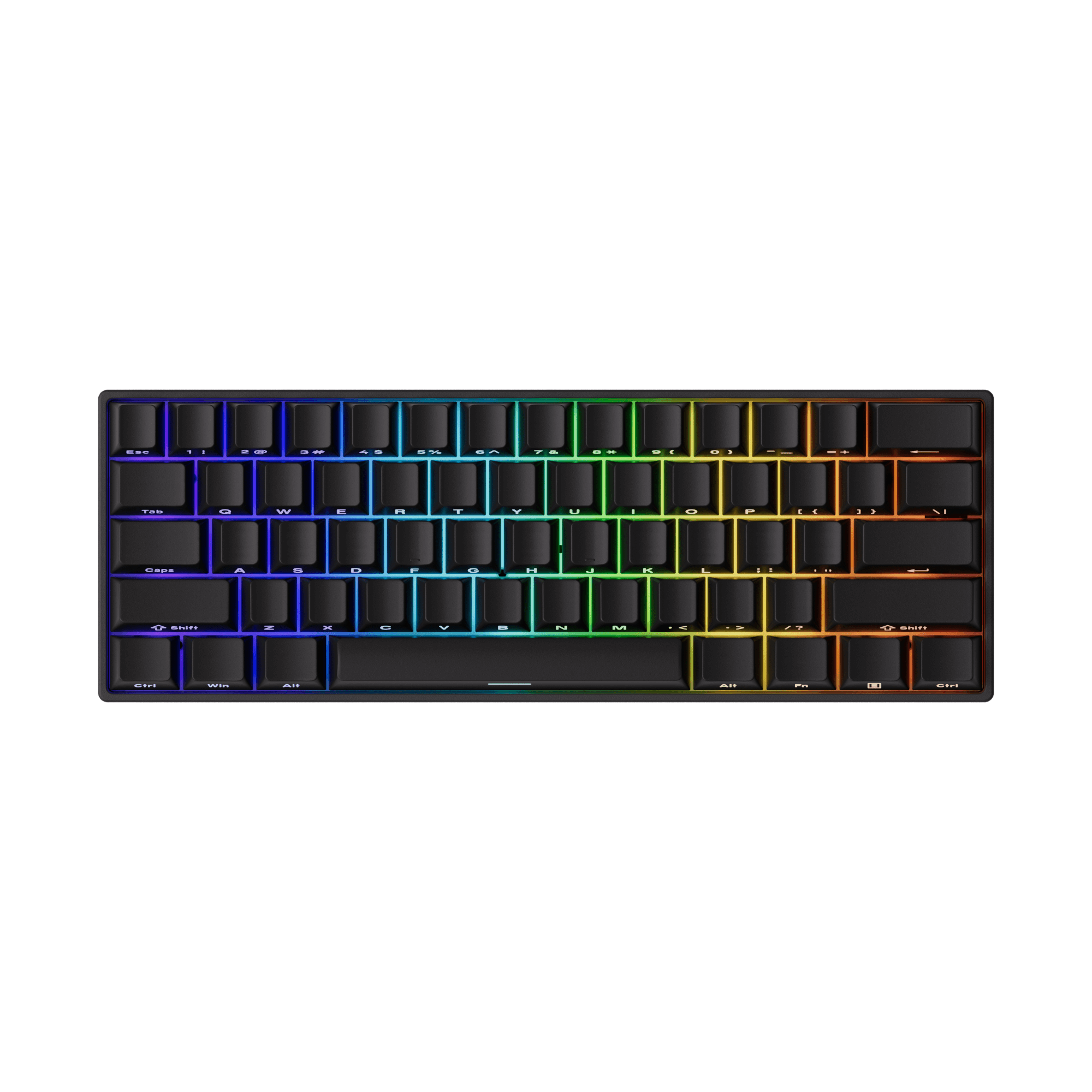
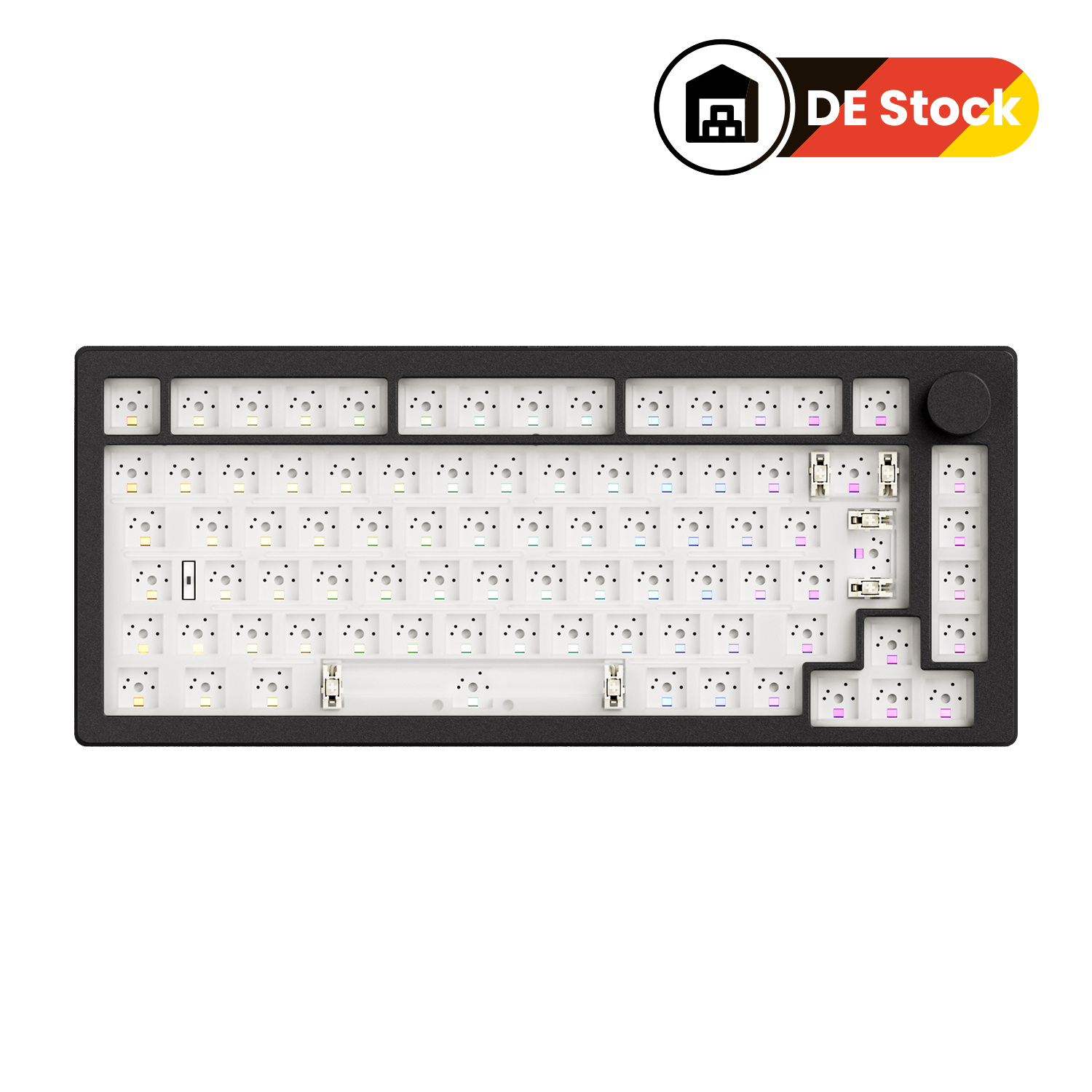



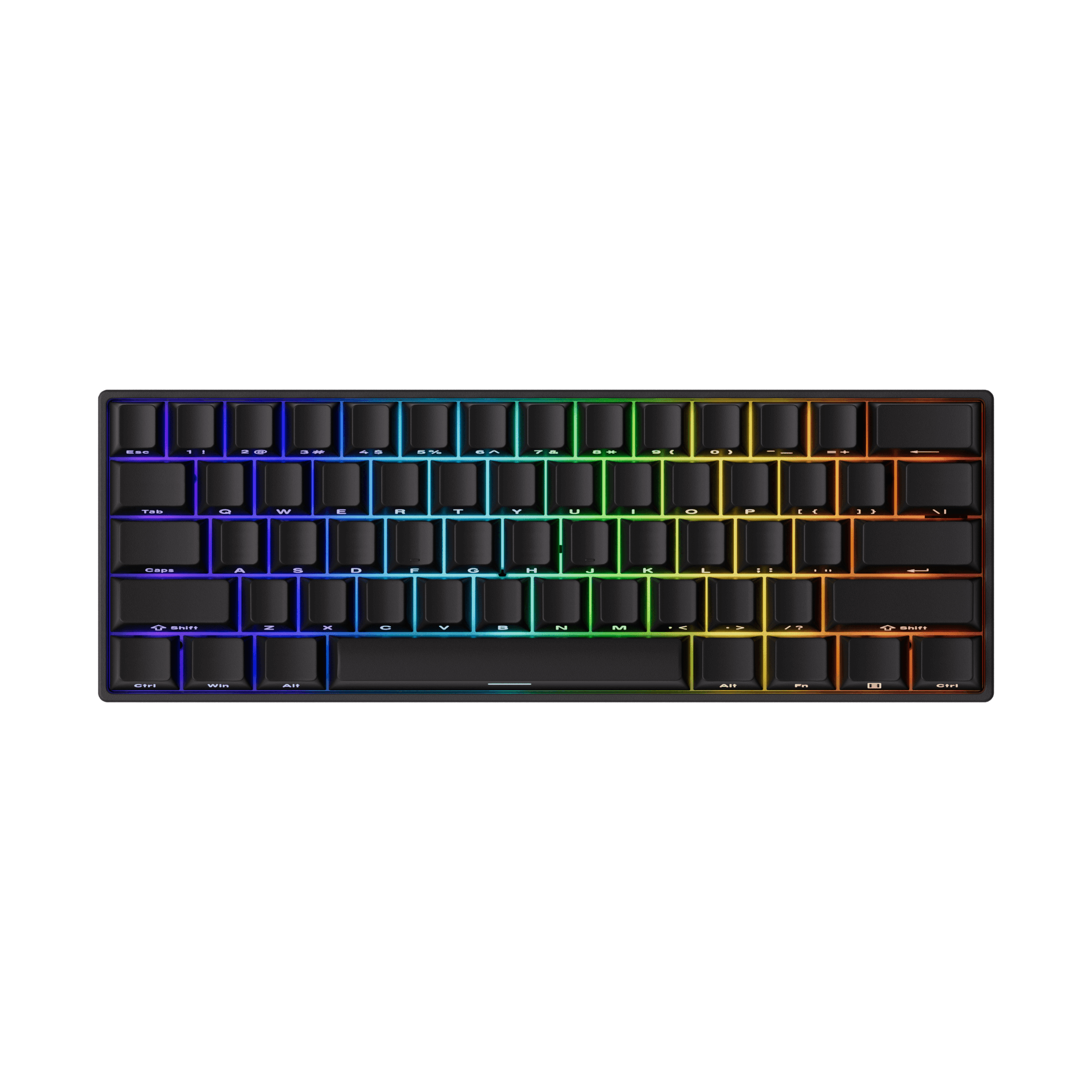
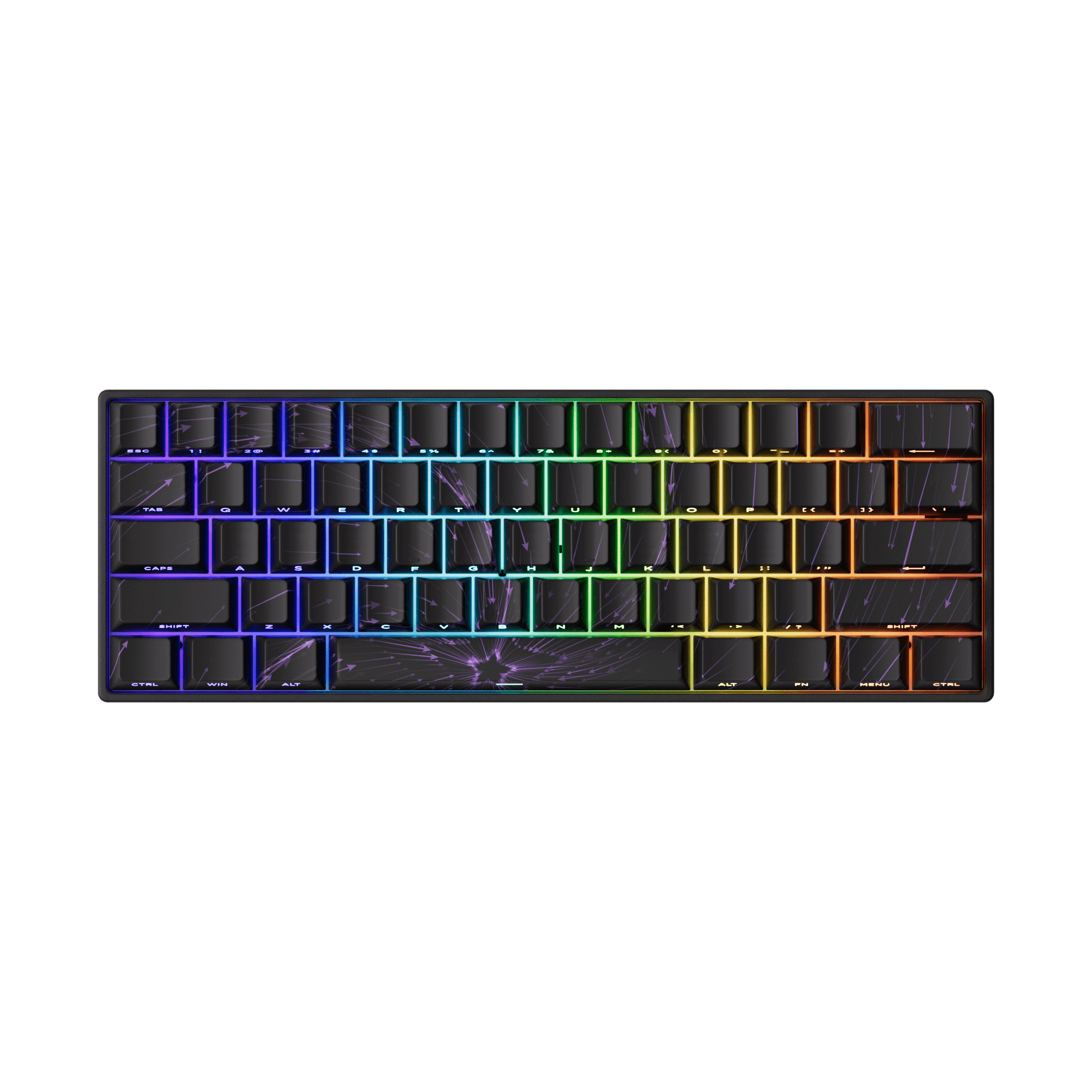

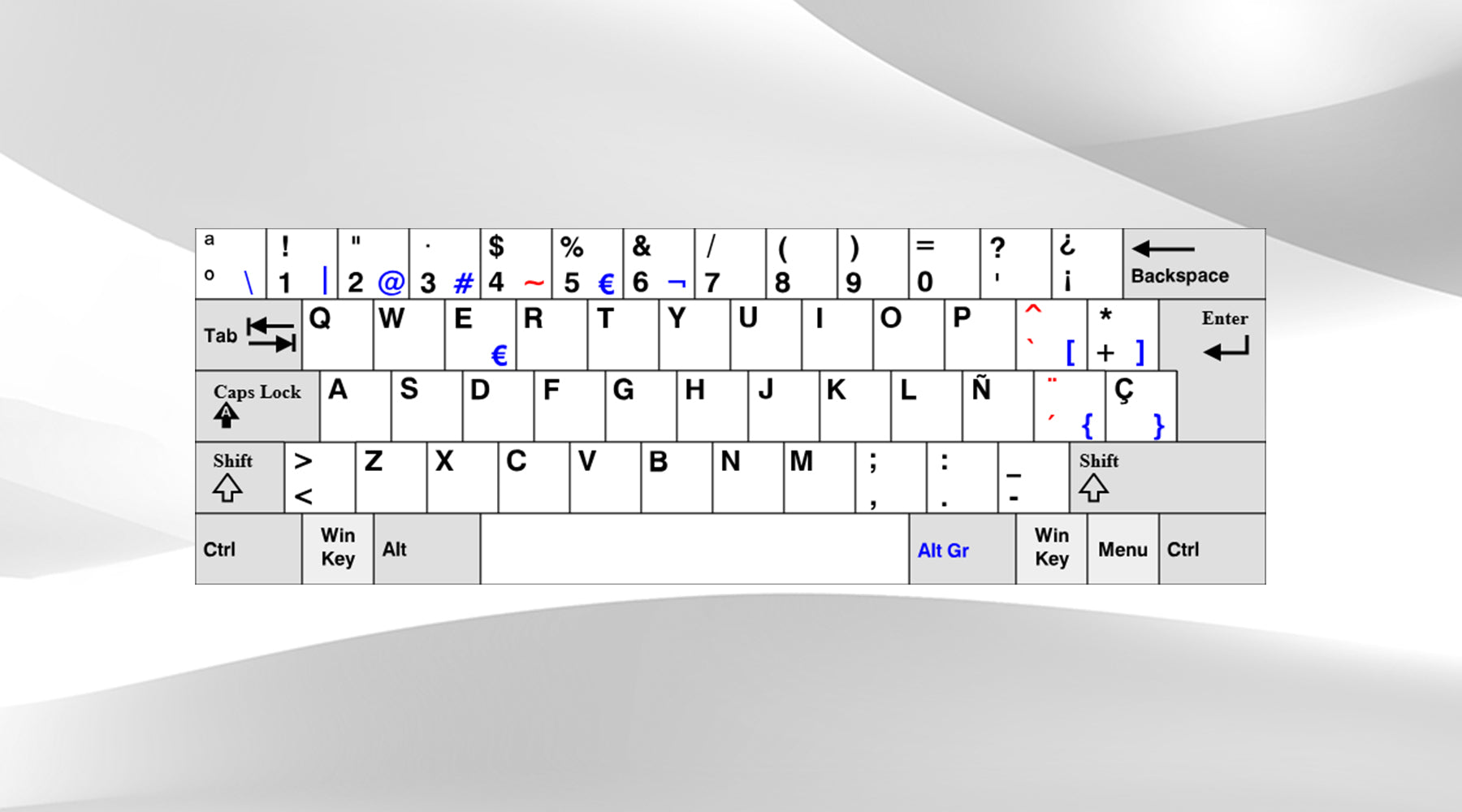
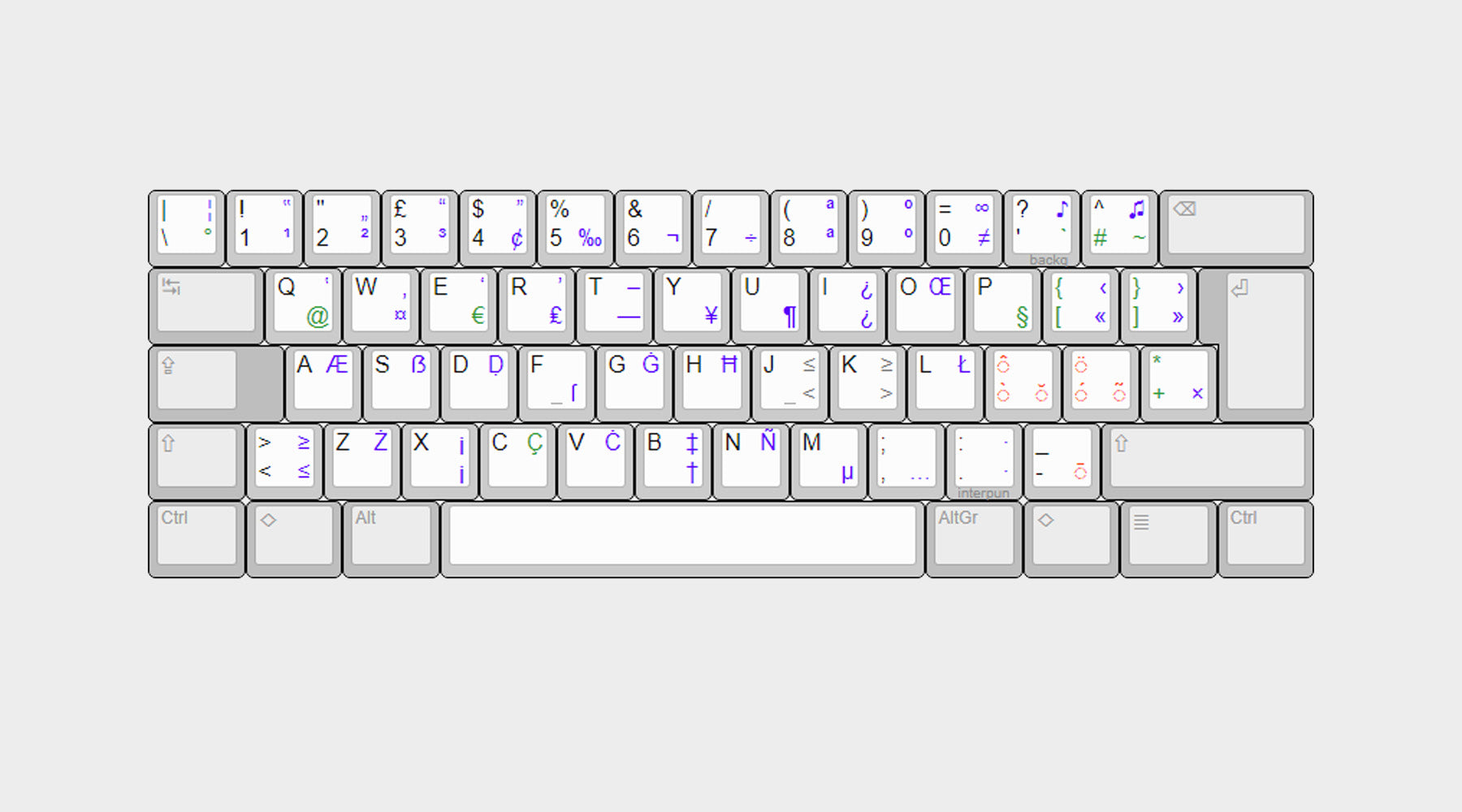
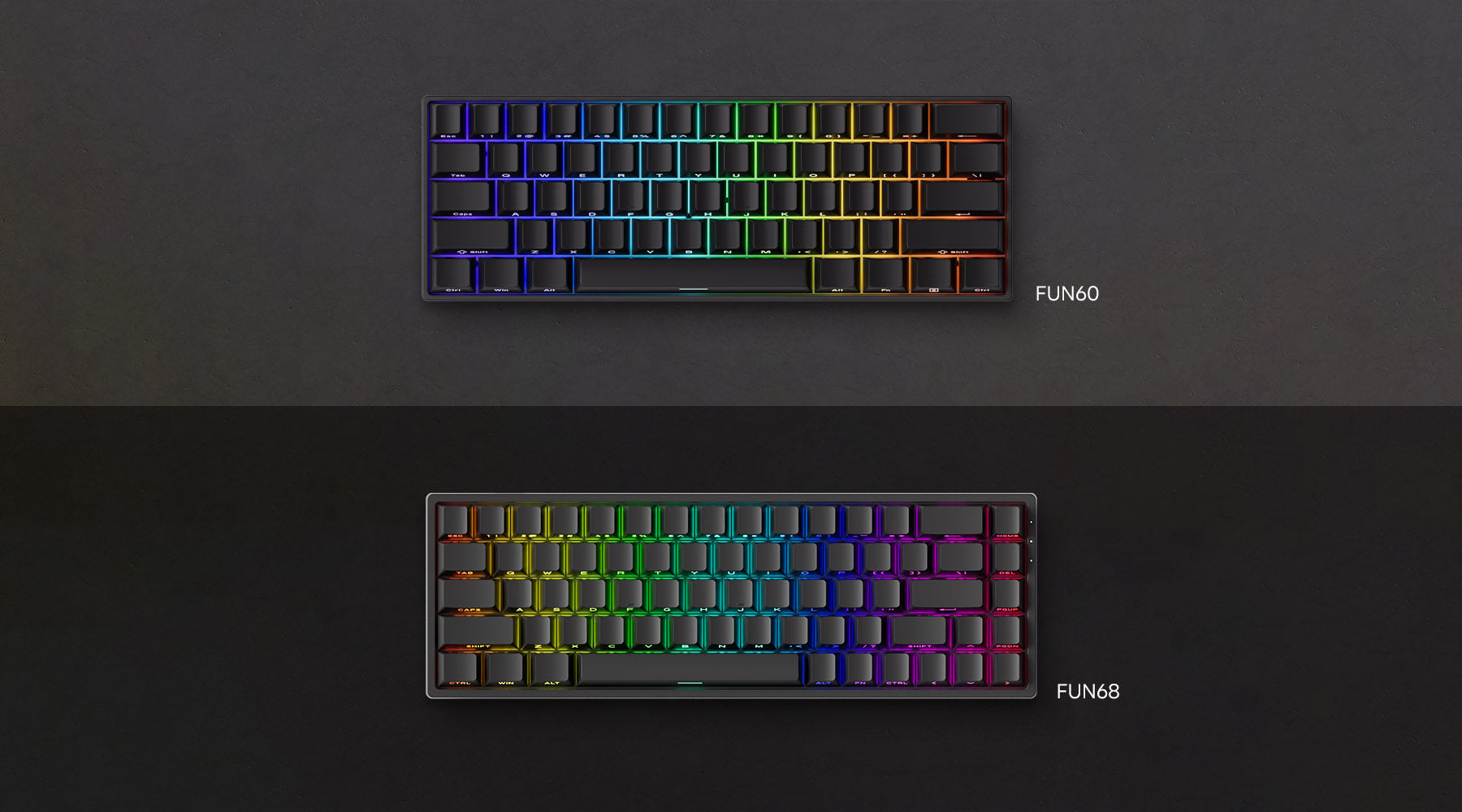
Dejar un comentario
Todos los comentarios se revisan antes de su publicación.
Este sitio está protegido por hCaptcha y se aplican la Política de privacidad de hCaptcha y los Términos del servicio.